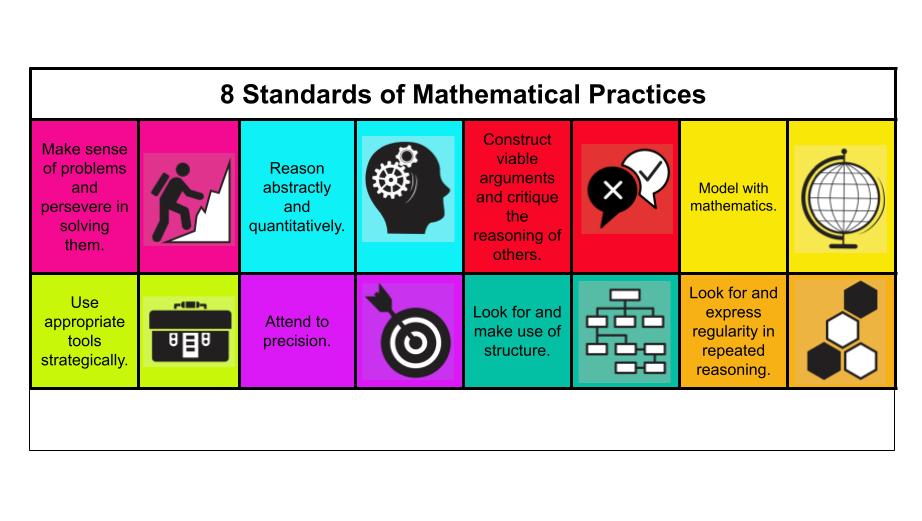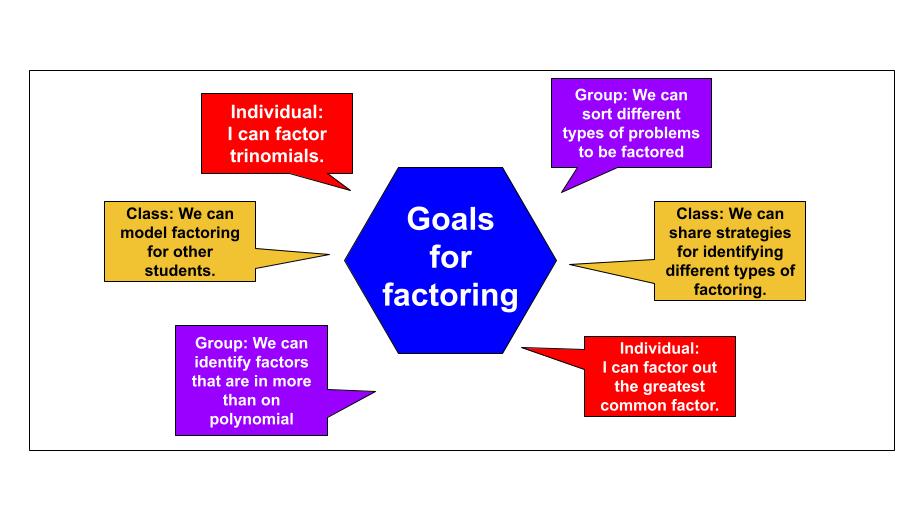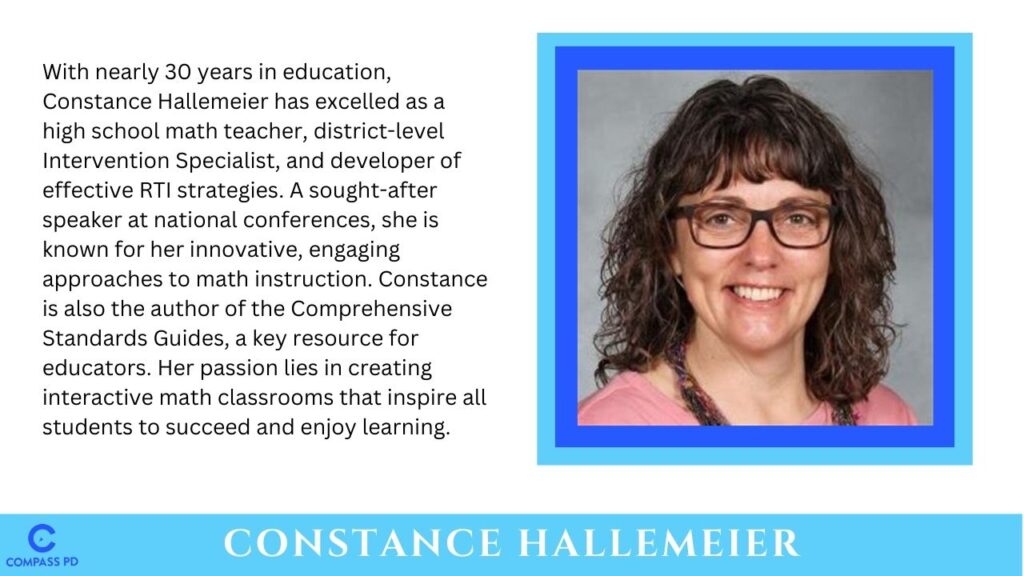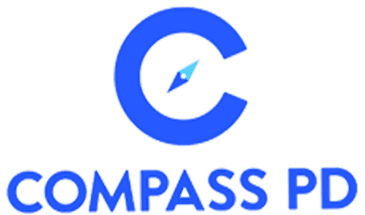Setting the Stage for Success: Goal Setting in the Secondary Math Classroom
By Constance Hallemeier
Research consistently demonstrates the power of mastery-oriented goals in fostering deep learning, motivation, and student growth. Still, no one teaches educators how to set, monitor, or maintain those goals, especially in content-based classrooms. In my years of practice in secondary mathematics, I have learned that effective goal setting is more than just writing down “get an A;” however, finding time for meaningful goal setting can feel like an impossible feat.
Let’s explore evidence-based strategies to effectively integrate mastery goal setting into your secondary math instruction, even with limited time.
Practical Strategies for Implementing Goal Setting
My students struggled with goal setting because they didn’t know how to set appropriate math goals or didn’t see a purpose. The value of goal setting became evident as they tried it, saw success, and moved their learning forward. Consider some of these strategies to get started:
Give Them a Framework
Many students don’t know where to start regarding goal setting in any classroom, let alone math. If you and your students are new to goal setting in mathematics, begin by listing one or more learning targets of the upcoming unit. Create possible math goals that connect to these, and ask students to choose one or two they want to focus on for this unit. Another suggestion would be to display the 8 Standards of Mathematical Practices and ask students to select 2-3 to improve over the year.

| Learning Target | Related Goals |
| I can identify zeros of polynomials when suitable factorizations are available. | Goal ideas:I can recognize polynomials that can be factored. I can factor polynomials.I can solve factored polynomials. |
| Model with mathematics | Goal ideas:I can create equations to represent situations.I can create graphs to represent data.I can create a table to represent a function. |
Goal-Setting Worksheets or Prompts
Teachers could provide structured worksheets or prompts like:
- What are your specific goals for this unit/semester/year? We would revisit these throughout the year.
- What action steps will you take to achieve these goals?
- How will you measure your progress?
- What challenges do you anticipate, and how will you overcome them?
Individual, Group, or Class-Wide Goals
There are a few different approaches to implementing goals. If you are starting, it might be easier to start with class-wide or group goals, but you can still have class-wide goals so that students have individual goals that will help the class reach their whole goal. A few methods to consider:
Individual Goals
Allow students to set personalized goals, catering to individual learning needs. These could include specific skills to master, challenges to overcome, or personal growth objectives. Instead of vague goals like “get better at math,” students should set precise goals such as “master factoring trinomials” or “understand the concept of slope-intercept form.” Mastery goals help students focus on their learning instead of other students’ classroom learning.
Group Goals
Foster collaboration and teamwork by having students set group goals or work with their groups to set goals. Marzano highlights the power of collaborative goal setting. Utilizing the progressions from the Comprehensive Standard Guide to open conversations with and between students helps to focus challenging goals on specific content. Engaging students in discussions about their goals, providing feedback, and fostering a sense of shared responsibility can create a supportive classroom community.
Class-Wide Goals
Establish shared goals for the entire class, such as improving class participation, completing a challenging project together, or achieving a certain level of mastery of a specific concept. A great way to model for students how to set challenging, growth-focused, and meaningful mastery goals is to create them as a class. Then, students have a shared goal to work toward.

Integrate Goal Setting into Existing Structures
Robert Marzano’s research emphasizes setting specific, challenging, and attainable goals. However, class time is valuable, and there are many standards to master. Utilizing the structures you already have in your classroom creates time to integrate goal setting. A few strategies I used to help students set goals include:
Warm-ups/Do-Nows
Start each class with a brief goal-setting activity. Students can reflect on the previous lesson, identify areas for improvement, or set specific learning objectives for the upcoming lesson.
Exit Tickets
Instead of summarizing the lesson, have students reflect on their progress toward their learning goals. Did they achieve what they set out to? What challenges did they encounter? What will they focus on next?
Class/Group Discussions
Dedicate a portion of class discussions to goal sharing and peer feedback. Students can learn from each other’s goals and offer support and encouragement. Facilitate opportunities for students to provide feedback on each other’s goals and progress, fostering collaboration and shared learning. Students supporting students is a valuable tool in the secondary classroom.
Leverage formative assessments to create opportunities for students to discuss their goals and progress with one another. Students can see where they are in the learning progression for a topic and set new goals with their peers.
Conclusion
Goal setting in the secondary math classroom is more than a motivational tool; it’s a research-based strategy to empower students, enhance learning, and foster resilience. By implementing these strategies and adhering to evidence-based practices, you can effectively integrate mastery goal setting into your secondary math classroom, even with limited time. When students are equipped to set, pursue, and reflect on their goals, they excel academically and develop the skills and mindset necessary for lifelong learning. This will enhance student learning and motivation and foster a growth-oriented and supportive learning environment.
References:
Boston, M., Dillon, F., Smith, M., & Miller, S. (2017). Taking Action: Implementing Effective Mathematics Teaching Practices in Grades 9-12. National Council of Teachers of Mathematics.
Hattie, J. (2009). Visible learning: A synthesis of over 800 meta-analyses relating to achievement. Routledge.
Marzano, R. J. (2007). The art and science of teaching: The comprehensive guide to effective instruction. ASCD.

